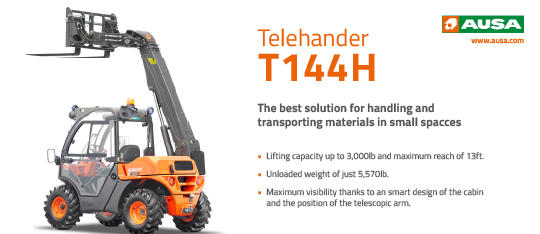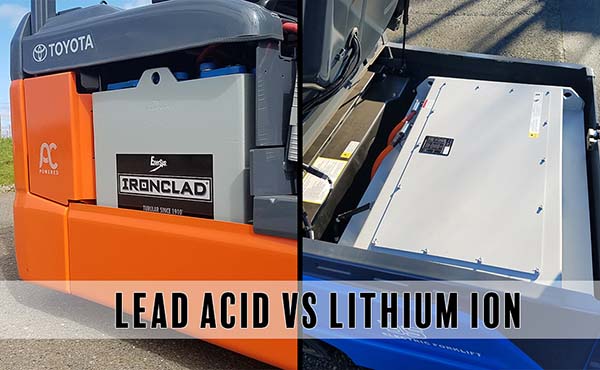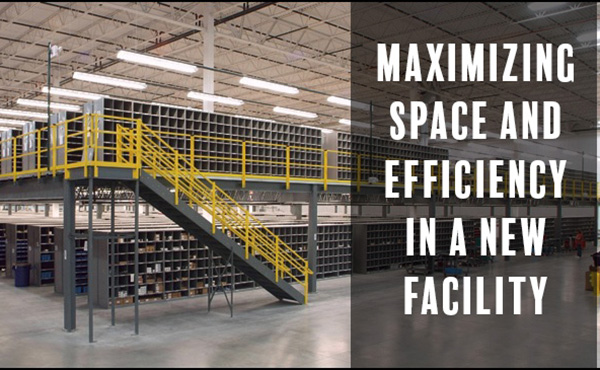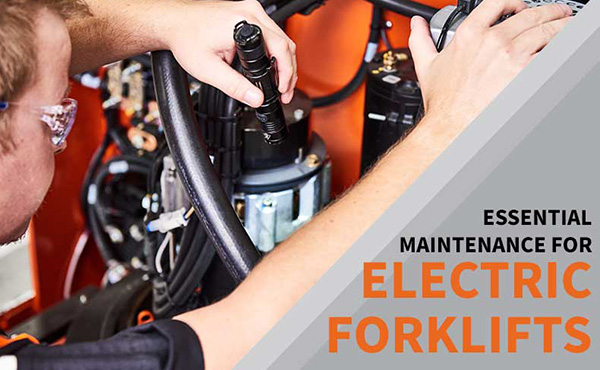
Sort
– Keep what’s essential to do the job and remove what isn’t. For example, if you were preparing to grill a steak, you know exactly what ingredients are needed. You wouldn’t pull out the eggs, flour, or sugar, would you? They’d just be in the way and might lead to some unfortunate mishaps. The same holds true for your workspace. Prepare what you need for the task at hand and keep the unnecessary items somewhere else. Which leads to…

Set
– Have you ever spent minutes of your day hunting for that 10mm socket you were sure was at the bottom of the tool bag? You keep pushing aside extensions and picking up the 11mm only to realize the socket you need was left on the workbench after the last job. Keeping your workspace organized and sorted can help you avoid these sorts of time sinks. When you know where something is every single time you look for it, your entire workflow speeds up. There are limitless options for organization and establishing designated areas for storage. Find what works best for your workplace.

Shine
– Clean, clean, clean! It’s definitely not the most fun of tasks but it’s necessary for maintaining a safe workspace. Dirt, grime, and foreign object debris (FOD) can simultaneously be safety hazards or conceal greater dangers. By keeping equipment clean, it can be easier to identify things which require repair or replacement, preventing costly breakdowns and lost hours of productivity. Cleaning can be a part of daily pre-operation of inspection equipment, as well as end of day closing procedures.

Standardize
– Essentially, ensure your team is all on the same page. Having a defined standard eliminates most ambiguity about safety expectations. That may take the form of weekly meetings, checklists, or written rules and should be easily accessible and understood.

Sustain
– Once you have established a strong safety policy, it is absolutely vital that you keep it top of mind during day-to-day operations. Incorporate safety training into new employee onboarding to get them started off right. If it isn’t part of your existing process, implement periodic “Quality Checks” to make sure the rules are upheld. It’s also important to acknowledge and appreciate when team members do display good safety practices as it can encourage them and others to keep up the good work.
There you have it, your solution to achieving an efficient and safer worksite in only 5 steps. It may not be easy at first, but once you build a culture, it will pay dividends. Your team will be much more engaged, and the overall quality of work should improve. When everyone is a stakeholder, everyone wins.



